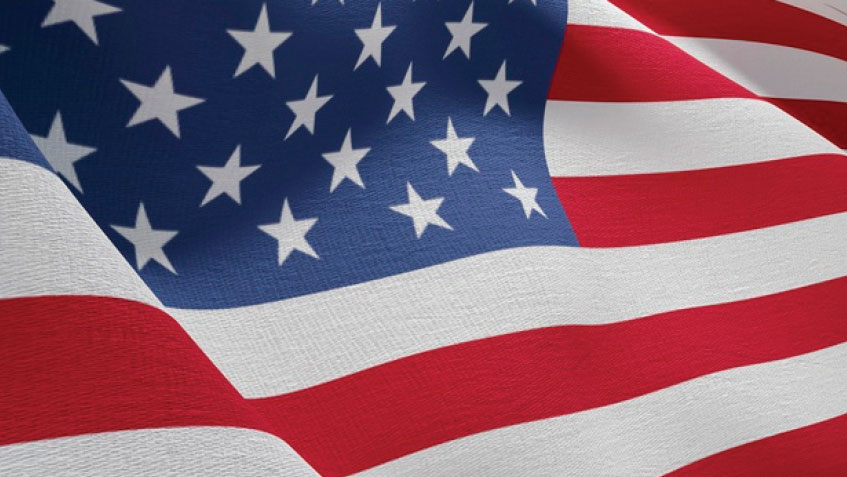By: Dee Jones, President of Light 2 World, Inc.
Another schoolyear has ended. Seeking the appropriate resources for a child with special needs can be confusing and difficult. Much planning is needed prior to the school year to facilitate success for all children, yet this is critical for the child with special needs. I am reminded of Benjamin Franklin’s quote “If you fail to plan, you are planning to fail!” Educational planning should begin before, during, and after the school year ends. Two types of educational programs come to mind regarding programs for children with special needs. The Individualized Family Service Plan (IFSP) and the Individualized Education Program or IEP.
The IFSP focuses on infants and toddlers with disabilities. “Participating in effective early intervention services supports a child’s development of positive social-emotional skills and social relationships.” We noticed deficits in our son’s development as early as nine months.
Through visits to his pediatrician and voicing our concerns, we were able to have him evaluated at Kennedy Krieger Center for Development and Learning. An IFSP was initiated by our pediatrician to address his disabilities. When an infant or toddler is suspected of having a developmental delay, a referral may be placed by the pediatrician, parent, or childcare provider.
The IFSP is a multifaceted process which includes referral, assessment and evaluation of the child, meetings, home visits, child-care visits and observations. Each case may vary depending on the child’s disabilities. The IFSP may include various phases of interventions. Our son was in the Infants and Toddlers program and the IFSP was in place until he entered Kindergarten. He had several therapists and doctors to address his deficits. He continues to receive therapies first grade. He continues to improve each year in some areas, and we are grateful for the work of his teachers and therapist.
Now that our son is in 1 st grade, there is an Individualized Education Program in place at his school. The IEP begins in Kindergarten and continues through high school or up to age 22 if the child or young adult is eligible. My niece is entering college and will continue to receive services. Much like the IFSP, a referral is required. An evaluation team will conduct a battery of assessments, there will be meetings, and a coordinator to discuss the team’s findings and resources available to you and your child.
Evaluations are conducted annually or quarterly depending on your agency or by parent’s request. An IEP team writes a report which must show that your child is eligible for services. If the parent does not agree, they can challenge the decision. The IEP meeting is scheduled by the school district and parents are contacted by the teacher or program coordinator. Each area of learning is addressed during this meeting and goals are set. Services will be offered depending on your child’s disabilities. Everyone gets a copy. I send a copy of our son’s IEP to his providers and therapist as well.
Communication is key.
A daily communication sheet from the teacher is useful to determine medication effectiveness and provide insight to your provider and/or therapist. Our son had a battery of doctors, therapists, and behavior specialists which evaluate his progress every six months. “Students are re-evaluated throughout the year as mandated by the state or at a parent’s request.” Meetings can be in person or virtual. The school nurse plays a vital role if mediation administration is required. As the year ends, work closely with your teachers and administrator to implement the best plan for your children in the approaching school year. There are summer programs to help keep your child’s skills active. Communicate with your support system at church, school, or community agency. Begin praying now for the teachers, administrators, children, and parents entering next year. Children are a blessing from the Lord.
Psalm 127:3 says, “Children are a gift from the Lord; they are a reward from him.”
Read more articles from VOM Magazine here: https://www.veteransoutreachministries.org/vom-magazine/











